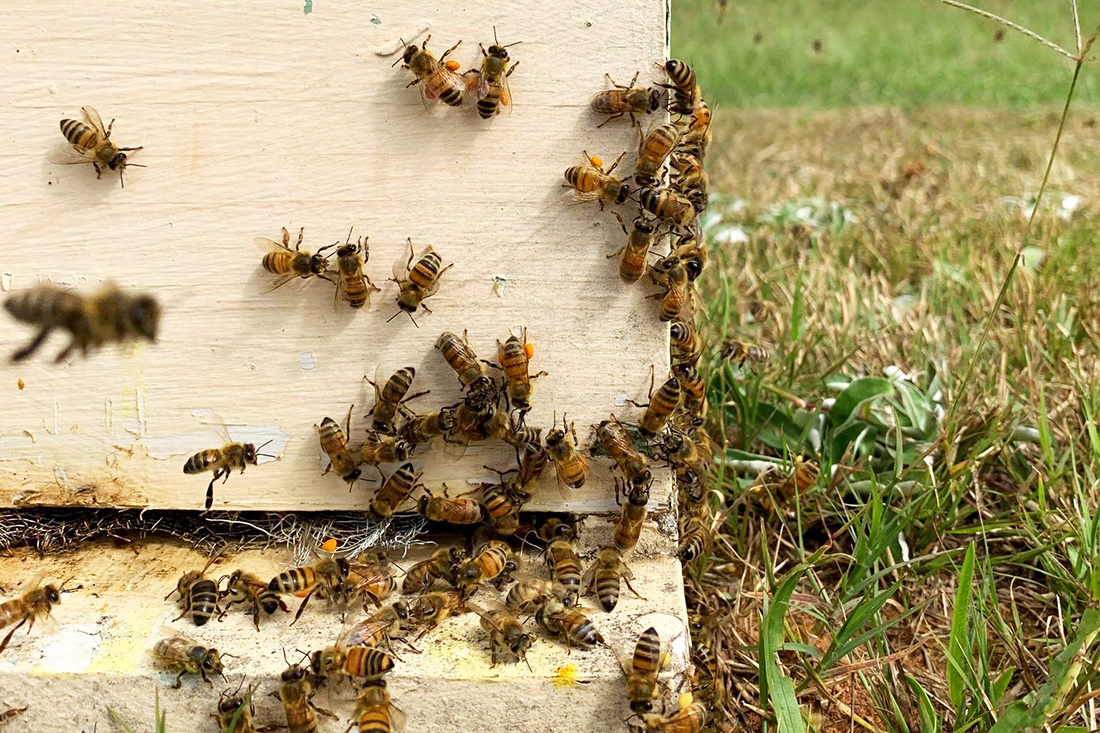Merritt Melancon
University of
Georgia
It's easier than you think.
LaMont Sudduth has made his own hypertufa planters for years at the Griffin Campus of the UGA College of Agriculture and Environmental Sciences.
Manmade Tufa
Hypertufa is a manmade substitute for tufa, a porous rock
formed as a deposit
in limestone springs or streams. Easily carved, shaped and
drilled, tufa was
widely used in European trough gardens in the early 20th
century.
Now, though, hypertufa pots aren't carved from rock. They're
poured using cardboard
boxes for a mold and an ultra-light concrete mixture.
"The solid stone pots are just too expensive, too heavy and too
unattainable
for most gardeners," said Sudduth, a UGA CAES horticulture
greenhouse supervisor.
The pots you pour yourself can be shaped any way you want them,
he said. They
cost less, and they're light enough to be easily moved.
Follow These Steps
Here's an easy way to make a simple hypertufa planter at
home.
1. Mix equal parts of portland cement, perlite and sphagnum
moss with water
in a wheelbarrow until the mixture is soupy, with the texture
of cottage cheese.
You can give your pot personality with concrete coloring,
shells or bits of
colored glass before it sets.
2. Add a handful of concrete reinforcing fibers to this
mixture. You can get
these fibers at a home center and use them in lieu of chicken
wire to add strength
to your finished planter.
3. Support the walls of a cardboard box with bricks or a wooden
support structure.
4. Pour 2 inches of the mix into the bottom of the box and
center a smaller
box in the larger one. Make sure the space between the inside
and outside boxes
is at least 2 inches on every side, so your walls will be thick
enough to be
stable. If you want, you could form the inside of the planter
with Styrofoam
pieces held together with nails.
5. Support the walls of your inside box with dowels and slowly
pour your concrete
mixture into the space between the boxes.
6. Let your planter set for 24 hours. Then pull out the inner
box. Peel the
outer box off the planter. The little hairs sticking out of
your pot are the
concrete reinforcing fibers. You can remove them with a propane
torch.
7. Don't move your planter yet. But you can decorate it by
using a wire brush
or sharp-edged tool to carve into the surface. If you want, you
can paint outside
of the finished pot.
8. Let your planter set for at least two weeks before using it.
Rinse it out
several times to wash away any chemicals in the concrete that
could affect your
plants.






